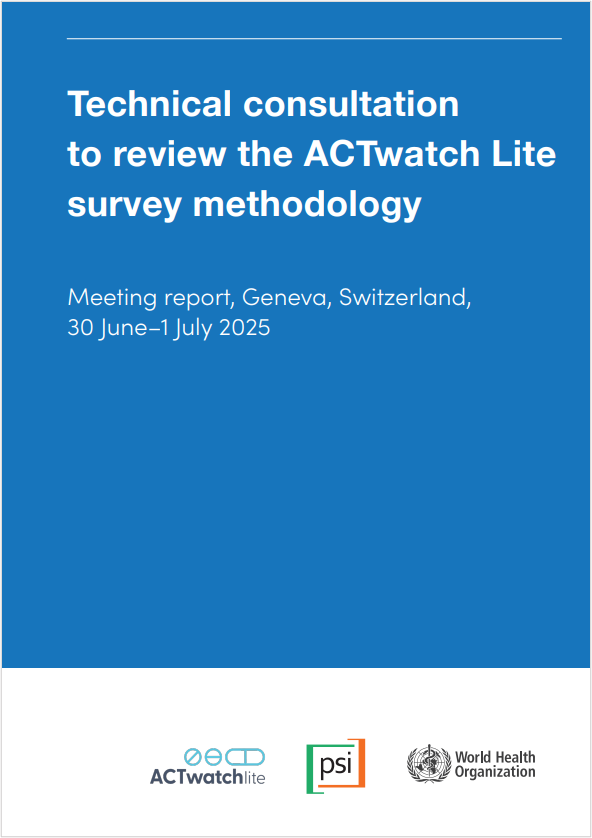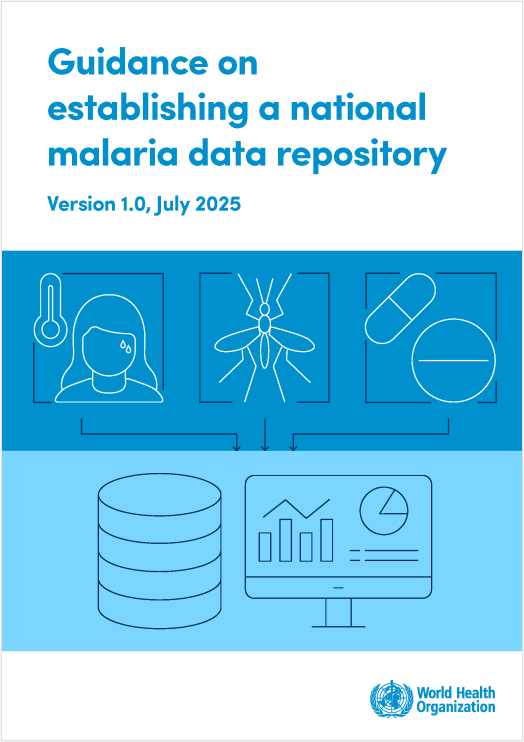Last Updated: 12/02/2025
Rapid point-of-Care (PoC) tests for the detection of malaria
Objectives
This project proposes to optimise the LAMP assay for the detection of malaria in a minimum amount of blood. This assay will then be combined with lateral flow (LF) for direct visualization detection.
Immunochromatography tests are commonly used as PoC tests for HIV, dengue and even malaria, where rapid results are needed and access to equipment is limited. However, none of the ICT tests includes P. knowlesi-specific detection.
The overall goal is to develop an ICT for detection of all human malaria species including P. knowlesi. The outcome of this project will be the development of Point-of-Care (PoC) tests that allows rapid, and sensitive testing in a primary care setting without the need of trained personnel to operate. The device can also be used in disease surveillance and monitoring.
The specific objectives are:
- To develop a LAMP-LF test and a chromatography test (ICT) for the detection of human malaria
- To evaluate the analytical sensitivity and specificty of the LAMP-LF and ICT
- To evaluate the clinical sensitivity and specificty of of the LAMP-LF and ICT
Malaria is a major public health threat in tropical and subtropical countries. In 2015, an estimated 212 million malaria cases occurred worldwide, resulting in 438,000 deaths. Malaysia aims to eliminate malaria by the year 2020 but this is threatened by the emergence of the zoonotic species Plasmodium knowlesi.
Rapid diagnostic in resource-limited settings remains a major obstacle to eliminate malaria, especially with the emergence of Plasmodium knowlesi. Malaria is usually diagnosed by microscopy and/or molecular diagnostic methods. However, interpretation of smears requires considerable expertise, particularly at low-level parasitemia, potentially leading to false negative results. Molecular tests require expensive equipment and clean environment which is not feasible in resource limiting setting. Affordable and rapid Point-of-Care (PoC) tests of adequate sensitivity and specificity that are able to diagnose all five human malaria species have not been developed.
The Loop mediated isothermal amplification (LAMP) assay does not require any major equipment, hence, is potentially ideal to be used in a resource-limited environment.
Microscopy diagnosis of malaria:
Thick and thin blood films will be stained according to the method described by Field. The slides will be read by an experienced microscopist who was blinded for the results of the other diagnostic tests. Parasitemia will be assessed either per 1,000 erythrocytes in the thin film or at low parasitemias per 200 white blood cells (WBC) in the thick film. In case of a putative negative film, 500 WBC will be assessed to confirm the absence of parasites.
Rapid diagnostic test (RDT) for malaria:
The BinaxNow test will be used according to the manufacturer’s instructions, using a drop of EDTA anticoagulated whole blood. Test results will be read after 15 minutes.
Nested PCR of malaria
This assay targets the Plasmodium small subunit ribosomal RNA (ssrRNA) gene, resulting in a first 620-bp and a secondary 240-bp amplicon. The oligonucleotide primers used for the nested PCR assay will be design base on previously published sequence. The PCR products will be electrophoresed in a 1% TAE agarose gel and stained with ethidium bromide solution.
LAMP reactions
Primers sequences encompassing the multicopy, stable, and highly conserved 18S ssu rRNA gene of the five human Plasmodium spp. will be used (Lau et.al. 2016). Specific dye will be added to the reverse primers (FICT, DIG, Cy3 and Cy5). LAMP reactions of 25 μl will be standardised for optimal reagent concentrations, temperature, and time conditions. The LAMP reaction will be performed for 30-60 min at 65°C and inactivated for 2 min at 80°C. The resulting amplicons will be detected in real time by fluorescence of SYTO-9 dye and visual observation after addition of SYBR Green I or HNB. Twenty microliters of each of the LAMP products will be analyzed by electrophoresis with 1.5% agarose gels, followed by ethidium bromide staining and photography.
Lateral flow LAMP assay
For the adaptation to the lateral flow detection system, a labelling reverse primer and a lateral flow probe will be used. The labelling primer is identical to the reverse primer but contains a digoxigenin (DIG), FITC, Cy3 and Cy5 dye respectively at the 5′end. In combination with the unlabelled forward primer, a dual-labelled amplicon is generated which can be analysed directly on the lateral flow cassette. This custom made cassette will be produced by our research collaborator from Genomix Molecular Diagnostics Pvt. Ltd., Hyderabad, India. After the LAMP reaction incubation, 5 ul of amplicon is diluted with 70 ul of LF buffer. Apply the whole 75 ul of buffer/amplicon to the sample port of the LF cassette. Leave for up to 10 minutes for the signal to develop. The LF cassette has four test lines and two control lines, allowing detection of four independent nucleic acid targets. The control lines show that the PCRD
is working as expected. In this study, T1 will be representing knowlesi malaria infection and T2 represents falciparum malaria, T3 represents vivax malaria and T4 represents all malaria species.
Cloning and expression of recombinant P. knowlesi blood stage antigens
Genomic DNA of P. knowlesi will be extracted and PCR will be performed to amplify blood stage antigens gene. The PCR product will be purified and cloned into an E. coli expression system. The antigenicity of the expressed P. knowlesi antigens will be analysed via immunoblot analysis. Once the recombinant antigen has been confirmed to be antigenic, large scale production and purification will be carried to obtain pure recombinant antigens for generation of polyclonal.
Construction of ICT
Polyclonal antisera will be raised by immunisation of mice with P. knowlesi specific antigens. The specificity of the polyclonal antibodies will be analyzed by ELISA and Western blots. Construction and material composition of ICT strips will be carried out by Genomix Molecular Diagnostics Pvt. Ltd., Hyderabad, India using the polyclonal antibodies.
Analytical sensitivity and specificity of LAMP-LF and ICT
To determine the analytical sensitivity of the tests, infected patient blood will be serially diluted 10-fold. The genomic DNA will be extracted from the blood and tissue Kit (QIAGEN, Germany) in accordance with the manufacturer’s instructions. The reactions will be done in triplicates. Genomic DNA derived from Crytosporidium parvum, Neospora caninum, Trypanosoma brucei, Toxoplasma gondii and Toxocara canis will be also extracted using the same method to determine the specificity of LAMP-LF. Blood samples will be used instead of DNA for ICT.
Clinical sensitivity and specificity of LAMP-LF and ICT
A total of 150 malaria and 50 healthy blood samples will be collected through finger-prick of patients from University of Malaya Medical Centre (UMMC), Kuala Lumpur, and selected hospitals in Malaysia. Clinical sensitivity and specificity of the LAMP-LF and ICT in comparison to the nested PCR will be determined. Sensitivity will be calculated as (number of true positives)/(number of true positives + number of false negatives), and specificity was calculated as (number of true negatives)/(number of true positives).
Jan 2019 — Dec 2022
$157,500


